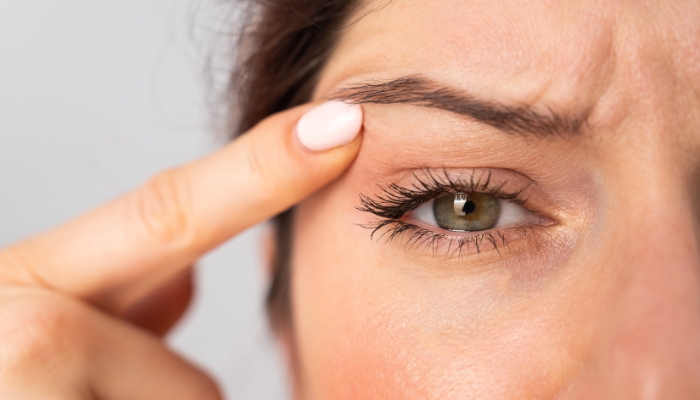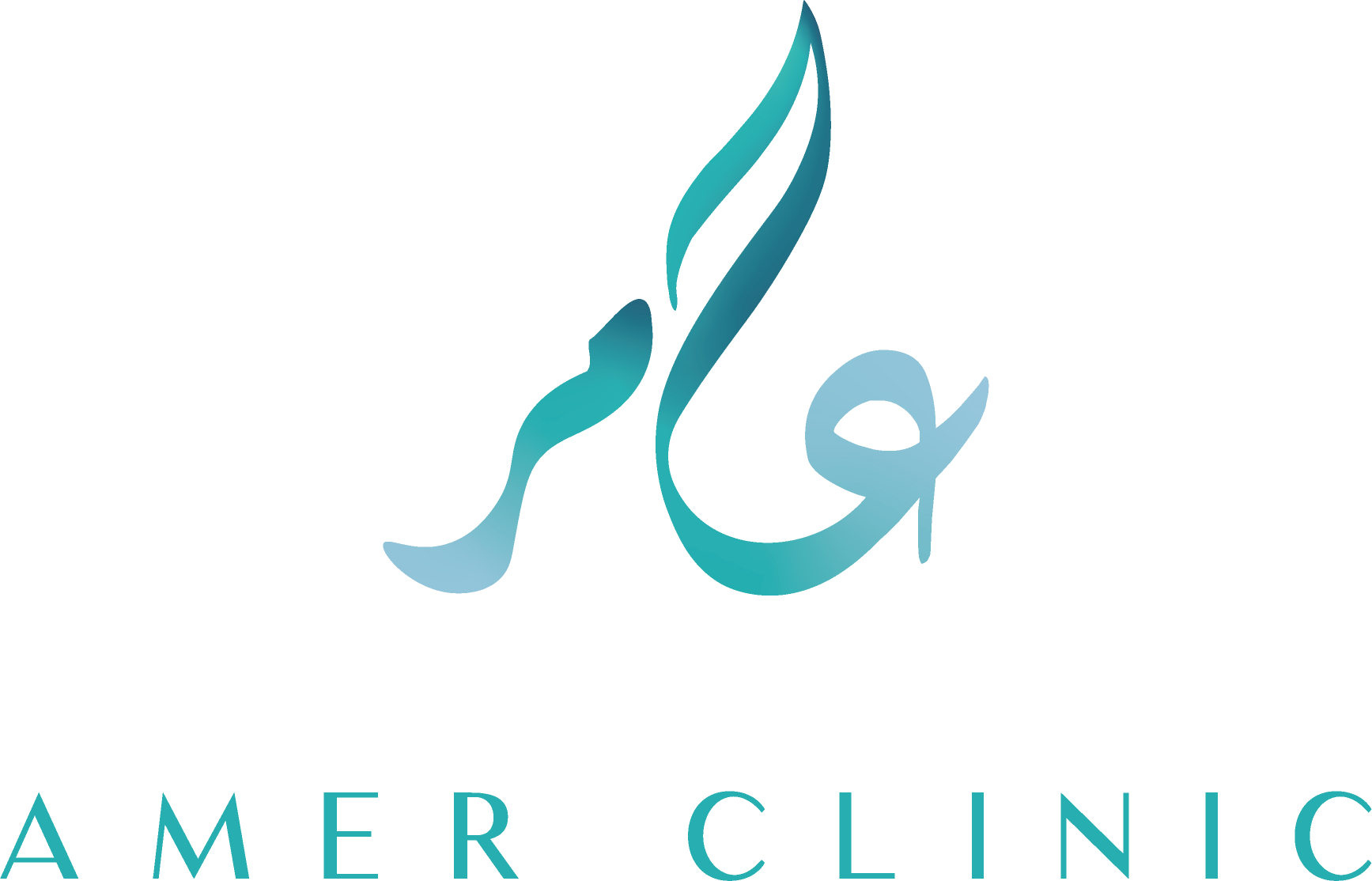Treatment of facial paralysis
Medical treatment
Medical management of facial paralysis is primarily reserved for early-stage cases where the nerve remains intact, excluding instances of trauma, tumor resection, or direct nerve transection. Treatment varies based on the underlying cause, but typically includes ocular lubricants and protective eye drops.
Surgical treatment
Numerous surgical interventions exist for facial paralysis, and a specialized facial nerve surgeon must determine the optimal procedure for each patient. A critical factor in surgical planning is the time elapsed since paralysis onset. Denervation, or nerve disruption, leads to muscle atrophy and loss of contractility over time.
One-year onset paralysis
For early-stage facial paralysis amenable to nerve repair, the surgeon focuses on restoring neural input to the facial muscles. The ideal source is the patient's own injured facial nerve stump, but this isn't always feasible, particularly in cases of skull base fractures or intracranial tumor resections.
Late cases (after more than one year from the onset of facial paralysis)
After a significant period of denervation, scientific evidence indicates that facial muscles exhibit poor response to restored nerve impulses.
Consequently, alternative procedures, focused on segmental facial reconstruction, are necessary.
Eye treatment in Late-Onset Facial Paralysis
Facial nerve paralysis disrupts eyelid closure, leading to severe ocular complications, including dryness, recurrent infections, and potentially corneal perforation and blindness. Additionally, lower eyelid sagging results in aesthetic disfigurement and asymmetry.

Treatment of the upper eyelid
Upper eyelid management in facial paralysis often involves gold weight implantation. The gold’s density aids eyelid closure, and its inert nature and color matching make it ideal for implantation.

Treatment of the lower eyelid
Various surgical techniques aim to address lower eyelid dysfunction resulting from facial paralysis, each tailored to the specific degree of eyelid laxity and retraction.
smile treatment in Late-Onset Facial Paralysis
Restoring a natural smile remains a primary concern for facial paralysis patients. Fortunately, significant advancements have improved outcomes in this area. Early attempts to correct facial asymmetry involved sling procedures, connecting the mouth corner to the scalp, which yielded unsatisfactory results. Subsequent efforts focused on muscle transfer to the mouth, initially utilizing mastication muscles. While technically simple, this approach produced unnatural smiles, requiring teeth clenching and causing involuntary movements during eating. Consequently, the resulting smile lacked naturalness
State of the art in smile restoration
For delayed facial paralysis cases, free muscle transfer offers the most advanced and effective smile restoration option. This intricate procedure involves transplanting a small muscle segment, along with its blood and nerve supply, from another part of the patient’s body to the face. The transferred muscle is meticulously positioned, and its blood vessels are microsurgically connected to facial vessels to ensure viability. The muscle’s nerve is then sutured to a functional facial nerve branch. This complex procedure demands a surgeon highly skilled in facial nerve surgery and microsurgery. Approximately six months post-surgery, the transplanted muscle begins to contract, and with targeted exercises, the smile gradually becomes more natural. Dr. Tarek Amer has contributed significantly to this field, publishing numerous scientific articles on microsurgical smile restoration in reputable European and American medical journals
